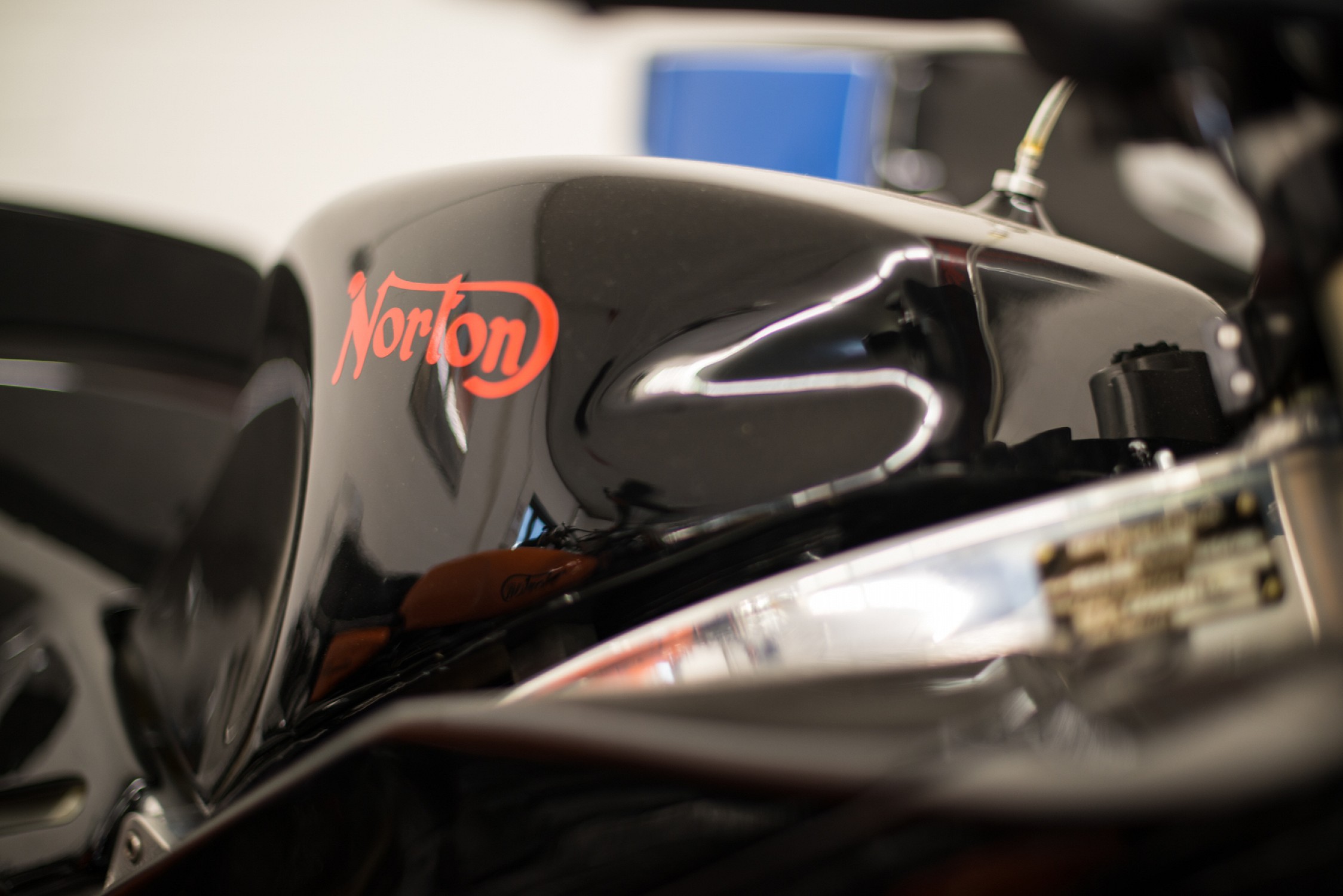- Joined
- Feb 26, 2022
- Messages
- 92
Hi all,
I have an issue finding neutral while the engine is running as well as a great amount of force required to shift from first up to second. A quick pop from second down into first just so will find a false neutral that doesn't register on the dash light, and once the engine is off it slips into gear. When the engine is off its generally very easy to shift through. And when the bike is at speed the issue of force to shift through the gears is greatly reduced. I've dug through past threads and the primary suggestions I've seen are to adjust the pawl spring, check primary chain tension, and to look for grooves cut into the clutch basket housing. Well, I checked and adjusted the pawl spring for a bit more gap on each side; that did not improve the issue. Since I have an MKIII I should be able to rule out primary chain tension since its running on an automatic tensioner, unless the oil I'm using (20w50) could be too thick and tensioning it up too much? And I just checked the clutch basket and everything looks pretty smooth (see pics). Does anyone have experience with finding a solution to this particular issue, or has ideas for other areas to check?
Thanks,
Anthony


I have an issue finding neutral while the engine is running as well as a great amount of force required to shift from first up to second. A quick pop from second down into first just so will find a false neutral that doesn't register on the dash light, and once the engine is off it slips into gear. When the engine is off its generally very easy to shift through. And when the bike is at speed the issue of force to shift through the gears is greatly reduced. I've dug through past threads and the primary suggestions I've seen are to adjust the pawl spring, check primary chain tension, and to look for grooves cut into the clutch basket housing. Well, I checked and adjusted the pawl spring for a bit more gap on each side; that did not improve the issue. Since I have an MKIII I should be able to rule out primary chain tension since its running on an automatic tensioner, unless the oil I'm using (20w50) could be too thick and tensioning it up too much? And I just checked the clutch basket and everything looks pretty smooth (see pics). Does anyone have experience with finding a solution to this particular issue, or has ideas for other areas to check?
Thanks,
Anthony

